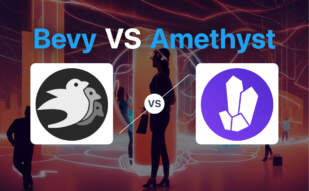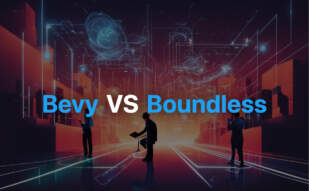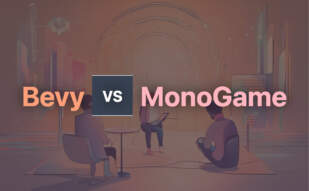If you are an indie developer or enthusiast entering into game development, Bevy, with its data-driven features, fast compile times, and broad community support, is your go-to option. However, Unity, despite its new pricing policies, remains a robust choice for advanced 2D and 3D game development with cross-platform support.
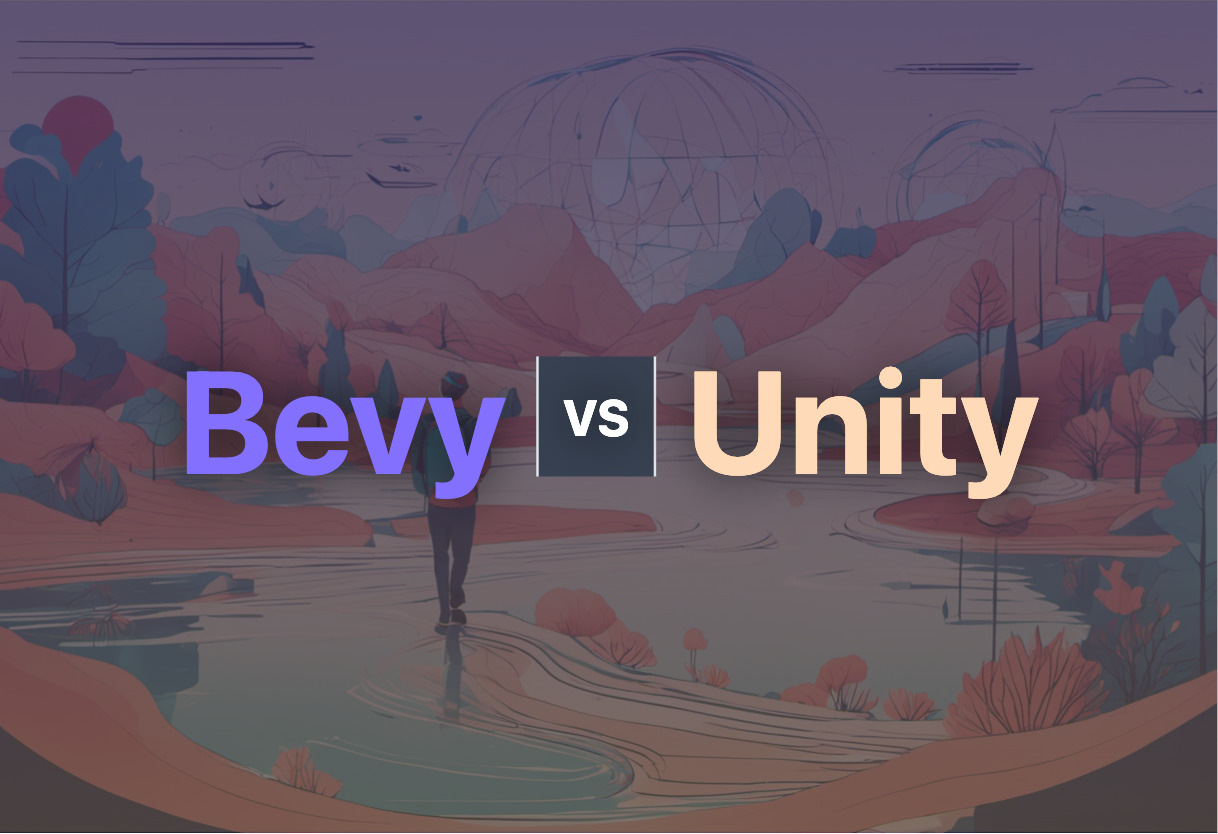
Key Differences Between Bevy and Unity
- Bevy runs on Rust and emphasizes data-oriented architecture using ECS, while Unity utilizes multiple coding languages, including Boo script, Javascript, and C#.
- Bevy guarantees fast compile times (0.8-3.0 seconds) and produces compact binaries, around just 1MB for a ‘hello world’ game; Unity’s performance stats aren’t specified.
- Unity has a contested pricing model with per-install fees, while Bevy is freely available under MIT and Apache 2.0 licenses.
- Unity has a comprehensive and diversified asset store; Bevy is relatively newer with a growing asset collection available on its Discord server and GitHub Discussions.
- Unity has extensive support for mobile and AR/VR application development, which Bevy plans to include in future updates.
| Comparison | Bevy | Unity |
|---|---|---|
| Type | Data-driven game engine | Game development engine |
| Programming Language | Rust | BOO script, Javascript, C# |
| Supported Platforms | Windows, MacOS, Linux, Web, iOS. Android expected in future | Support for major platforms including Android and iOS |
| Features | 2D and 3D rendering, UI functionality, sound loading, hot reloading | Tool suite, rendering technology, multiple language support |
| Pricing | Free, open-source, MIT or Apache 2.0 licenses | Fee per game install, Free & Pro versions available, new pricing model from 2024 |
| Community | Discord, subreddit, GitHub, Bevy Assets | Active developer community, integrated asset store |
| Future Plans | High-level and low-level networking support, development of Bevy-powered editor | Fraud detection practices, constant learning and application of new industry solutions |
| Customisation | Offers a variety of cargo features for users | Diverse pre-designed textures and features |
| Limitations | Heavy reliance on Rust language and compiler improvements | New pricing model, diminishing trust among developers |
What Is Bevy and Who’s It For?
Bevy is a potent, data-oriented game engine, purpose-built in Rust. It caters to a full spectrum of 2D and 3D functionalities using an Entity Component System (ECS) model. Key features include 2D and 3D rendering, seamless user interface functionality, instant hot reloading, and cross-platform support. Bevy’s lean and flexible architecture appeals to independent creators and enthusiasts seeking a powerful, open-source tool with a low learning curve.

Pros of Bevy
- Free and open-source with permissive MIT or Apache 2.0 licenses
- Extensive cargo features for customization
- Fast compile times
- Active community support channels
Cons of Bevy
- Lacks native Android support
- May encounter API-breaking changes with Rust language updates
- Future web standards integration uncertain
What Is Unity and Who’s It For?
Unity is a multifaceted game development engine famed for creating versatile 3D and 2D applications. Launched in 2005, Unity stands out for its cross-platform reach, comprehensive toolset, and superior rendering tech. Despite its recent pricing shakeup causing a rift in the indie developer community, Unity continues to attract a vast user base keen on utilizing its fruitful suite of features for high-end game creation.
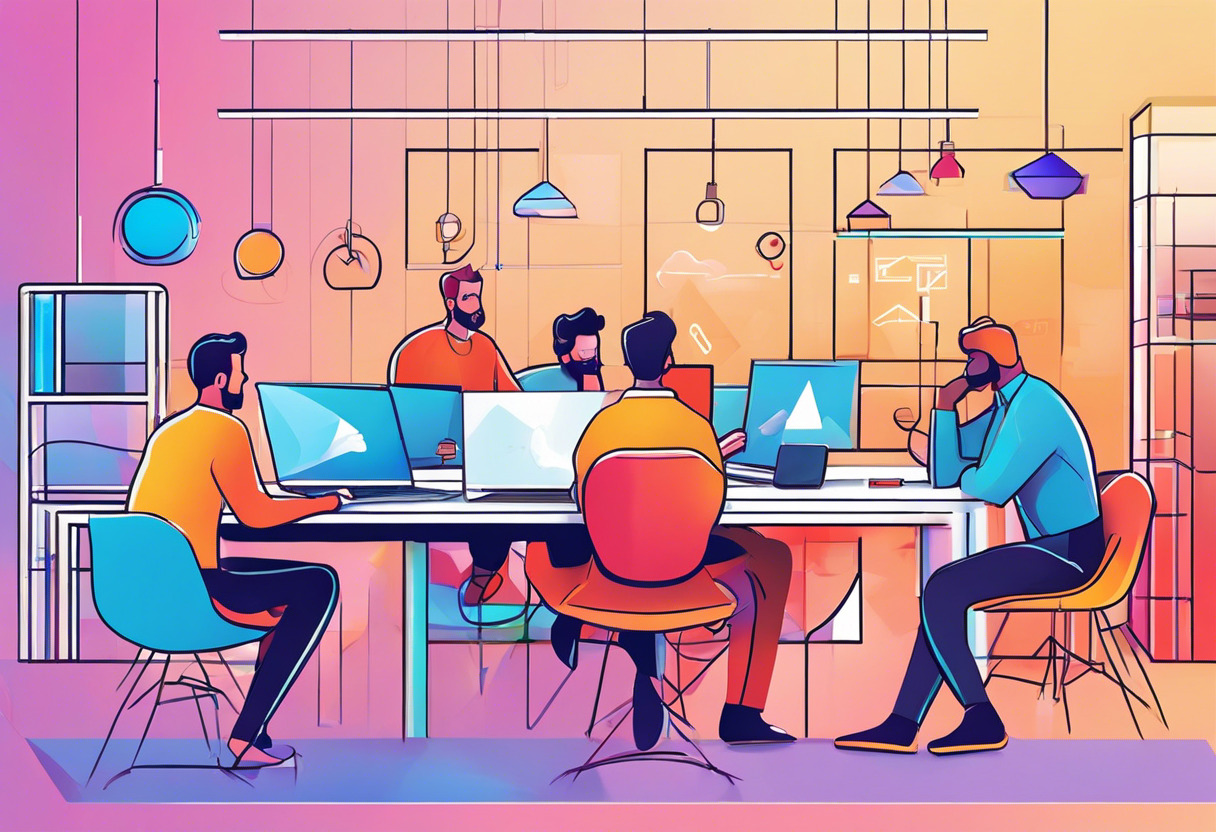
Pros of Unity
- End-to-end support for AR/VR game creation
- Exemplary rendering technology and tools
- Dynamic asset store
- Robust developer community
Cons of Unity
- Potential abuse and financial uncertainty due to per-install fees
- Open mistrust caused by retrospective fees
- Fear of hampering digital preservation efforts
- Unequal fees across markets
Code Examples for Bevy & Unity
Bevy
This example illustrates how to use Bevy to spawn a sprite, establishing a fundamental concept of ECS (Entity Component System). The code generates a single sprite in the user screen. Note, you’ll need to have compatible image files in your assets folder for the code to function optimally.
fn main() {
App::build()
.add_plugins(DefaultPlugins)
.add_startup_system(setup.system())
.run();
}
fn setup(
commands: &mut Commands,
asset_server: Res<AssetServer>,
mut materials: ResMut<Assets<ColorMaterial>>,
) {
let texture_handle = asset_server.load("icon.png");
commands
.spawn(Camera2dBundle::default())
.spawn(SpriteBundle {
material: materials.add(texture_handle.into()),
..Default::default()
});
}Unity
This Unity code snippet describes how to control a Player move. Though the script is a foundation for most games, it positively outcomes in teaching Unity’s syntax and basic functions. This code snippets depends on setting up the character correctly in the Unity environment and the input axes in “Horizontal” and “Vertical”.
using UnityEngine;
public class PlayerController : MonoBehaviour
{
public float speed = 10.0f;
void Update()
{
float moveHorizontal = Input.GetAxis("Horizontal");
float moveVertical = Input.GetAxis("Vertical");
Vector3 movement = new Vector3(moveHorizontal, 0.0f, moveVertical);
GetComponent<Rigidbody>().velocity = movement * speed;
}
}The Final Showdown: Bevy vs Unity
In the thrilling contest between Bevy and Unity, let’s cut to the chase. Who should pick which?
Indie Developers and Enthusiasts
Bevy is your call. Its free nature, customizable functionality, and fast compile time meet the quick execution demands of indie developers. Not to mention, the Bevy community offers an extensive network for support and feedback.

AR/VR Creators
Unity steals the show. It’s powerful, versatile, and comes with a wealth of AR/VR features. Though there’s a new pricing model, for AR/VR developers aiming at a big market, Unity’s robust features add value!

Multiplatform Developments
Unity wins. Its easy adaptability to several operating systems makes it a go-to for complex multi-platform projects, including Android and iOS. Price-downsides apply, but scalability and compatibility trump.

Bevy is near-ideal for indie developers appreciating speed and flexibility. Unity, though pricier, hits the mark for those seeking all-inclusive tools for AR/VR or multi-platform projects. Both are game-changers, but choose wisely!
Grant Sullivan
Content writer @ Aircada and self proclaimed board game strategist by day, AI developer by night.



